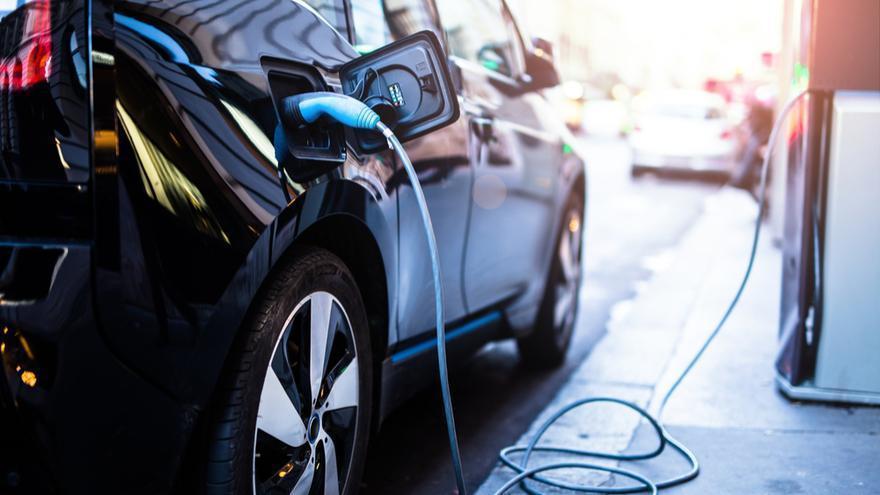Pre-owned prices soar for alternative-fuel vehicles

The used-car shopper who arrives on a dealer’s lot or online listings looking for a vehicle that will save them money at the gas pump may end up spending quite a bit more elsewhere.
Specifically, on the transaction itself.
While the overall retail used-car market showed sequential price stability last month, with some segments’ prices declining for the first time this year, says iSeeCars.com, alternative-fuel segments are fetching a pretty penny in pre-owned.
iSeeCars analyzed more than 1.8 million used-car sales in July and found that eight of the 10 vehicles with the biggest year-over-year price increases last month were either hybrids or electrics.
“Used-car prices remained steady in July compared to June, and both months marked the first time in 2022 that saw a decrease in price for some used-car models,” iSeeCars executive analyst Karl Brauer said in an analysis.
“We are also continuing to see a significant increase in demand for used electric and hybrid cars as a result of high gas prices, with the average cost of electric vehicles increasing by 56.7 percent and hybrid cars increasing by 30.5 percent compared to last year,” he said.
On average, retail used-car prices were up 10.9% year-over-year last month. The Nissan LEAF, which had the biggest price increase in the iSeeCars data set, saw its prices climb more than four times that percentage, as they rose 43.8% from July 2021.
“The price increase for the Nissan LEAF, which was once the highest depreciating car on the market, is likely due to heightened gas prices as well as the heightened desirability for the redesigned 2018 model that offers increased range and is now coming off lease to enter the used-car market,” Brauer said.
The LEAF was followed by four hybrids in spots Nos. 2-5, respectively: the Hyundai Sonata Hybrid (whose used prices were up 43.0%), Toyota Prius (up 36.9%), Toyota Prius Prime (up 34.4%) and Toyota Avalon Hybrid (up 32.4%).
The Chevrolet Bolt EV came in at No. 6 with a 30.2% price hike and the Tesla Model S was another electric to crack the list, coming in at No. 8 with a 27.3% gain.
Of those two EVs, Brauer said: “Demand for used versions of the Model S waned in recent months as consumers embraced the more affordable Model 3 and the Model X SUV, but the long wait times for new versions of the Model S, which include March 2023 as the earliest availability for the base model, have driven consumers to the used market.
“The Chevrolet Bolt’s affordability, plus heightened interest in all electric vehicles, has led to its steep used-car price increase,” he said.
In addition to the four aforementioned hybrids, the Lexus ES 300h was No. 10 on the list.
“Hybrid vehicles are in high demand due to soaring gas prices, with the hybrid category as a whole increasing in price by 30.5 percent,” said Brauer. “Hybrid sedans have seen a resurgence in popularity after falling out of favor when consumers previously embraced hybrid SUVs, again reflecting these sedans’ more affordable price and fuel-efficient drivetrains.”
To Brauer’s point on “significant increase in demand” for used alternative-fuel vehicles, data from TrueCar shows that as average gas prices rise, used vehicles with higher fuel economies are spending less time on dealer lots.
For example, in the second quarter, used vehicles in the 40, 45 and 50 miles-per-gallon categories spent less than 30 days on dealer lots.
A year ago, each of those classes were taking more than 30 days to sell.
In Q2 2020, their turn times were all above 40 days.
While almost certainly the pandemic and its economic impacts played a role, gas prices were $1.93/gallon in Q2 2020, according to the TrueCar chart, and were at $2.97/gallon in Q2 2021.
They averaged $4.49/gallon last quarter.

 View The Latest Edition
View The Latest Edition

